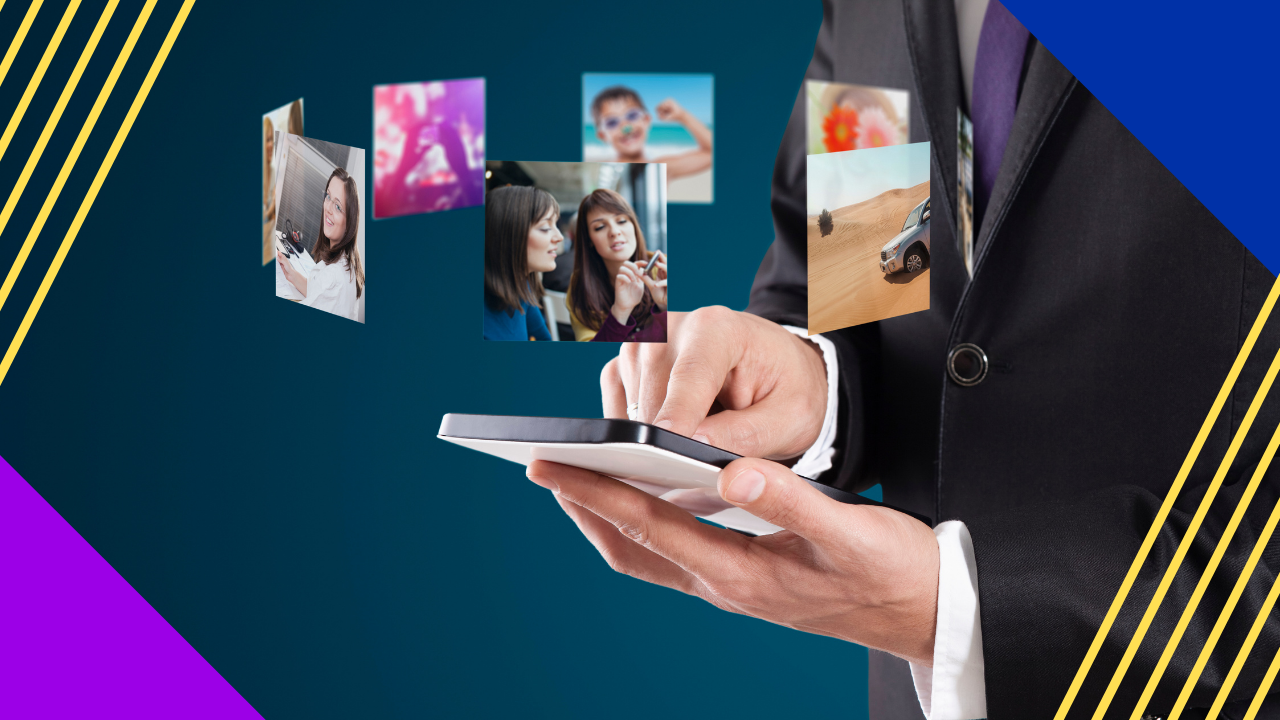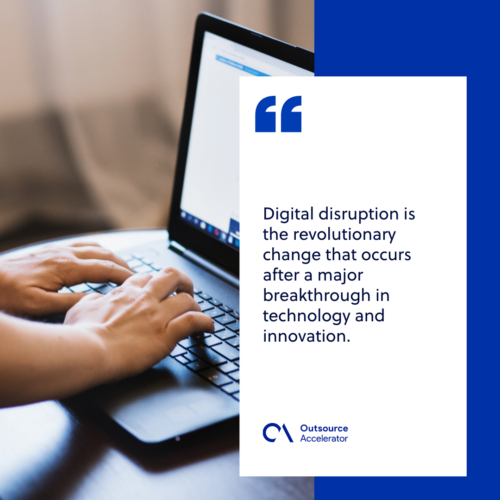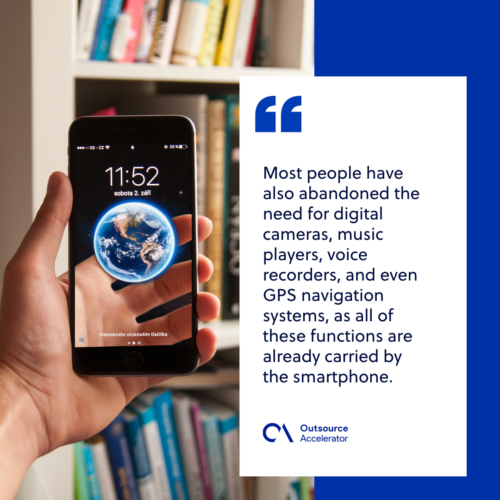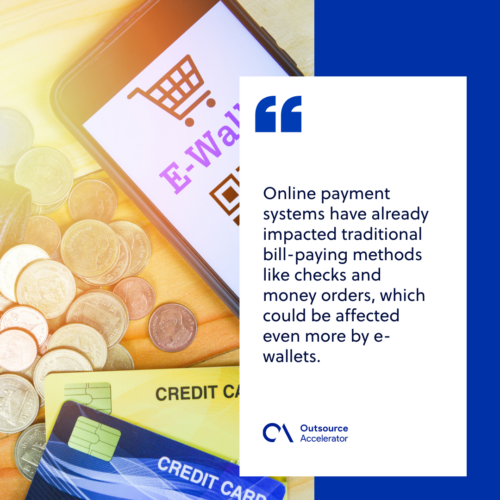Understanding digital disruption and its impact on businesses

Technology has been revolutionizing the way companies do business and customers consume products and services. While, in the traditional sense, disruption often connotes a negative interference — it is actually a positive phenomenon affecting businesses worldwide.
So, what exactly is digital disruption? How does it impact businesses today? Keep reading.
What is digital disruption?
Digital disruption is the revolutionary change that occurs after a major breakthrough in technology and innovation. It is called such because of the way it disrupts current business practices and market sectors.
Digital disruption reshapes how the market moves and how products and services are valued. It gives rise to innovative business models and new infrastructures that can keep up with new market demands.
Because of digital disruption, businesses must keep up with and incorporate new technologies faster to maintain customer satisfaction.

Examples of digital disruption
As we’ve seen in the past, technological innovations affect not only businesses but also the lives of ordinary consumers.
Here are the most well-known digital disruptions that made a huge impact on our daily activities.
Smartphones
In terms of disruptive new technologies, smartphones are at the top of the list. The rise of these handy devices made the once-prevalent landlines and payphones almost obsolete — and they’re not the only ones.
Most people have also abandoned the need for digital cameras, music players, voice recorders, and even GPS navigation systems, as all of these functions are already carried by the smartphone.

Online streaming services
By focusing on DVDs rather than VHS cassettes, Netflix was able to cause digital disruption in blockbuster video. As a prominent participant in the video streaming industry, Netflix continues to upend the status quo today.
Netflix, Hulu, and Disney+ have disrupted the cinema and cable television industries by offering on-demand streaming services.
The rise of on-demand viewing has flipped the script on traditional media and cable companies. A number of new internet television platforms have popped up in addition to the traditional carriers that are hopping aboard the bandwagon.
3D modeling and printing
Even though 3D printing appears to be something out of a sci-fi film, it’s already here and growing in popularity.
For the time being, 3D printing is mostly used to complement already-established production processes in the industrial sector, but it has also revolutionized design and production in advertising and healthcare.
Carpooling and ride-sharing
Ride-sharing services like ZipCar, Grab, and Uber have disrupted the transportation industry and changed the way we commute forever. By eliminating the need for cash, these services are not only more affordable but also more convenient than your regular transit options.
Cryptocurrency
Digital currency such as cryptocurrency works like traditional money such that it can be used to purchase goods and services online. On the other hand, it relies on a decentralized ledger and strong cryptography to keep track of all transactions and prevent fraud.
Online payment systems have already impacted traditional bill-paying methods like checks and money orders, which could be affected even more by e-wallets.

Online classes
Online learning is education that is delivered through the use of a computer or mobile device connected to the Internet. The 2020 pandemic and lockdowns have sparked this innovation. It serves as an inspiration for the creation of new online learning tools.
What causes digital disruption?
Technological progress and globalization are significant causes of digital disruption. But these technologies also come out of the evolving needs of modern consumers. They can be affected by the economic and geopolitical conditions or even calamities.
For instance, as mentioned, online classes have been a disruptive innovation in recent years because the pandemic drove the need for them.
There is also the constant need to improve processes, scale up, and get ahead of the market competition. By innovating, companies can stand out as industry leaders and even make an indelible mark in the market by starting a digital disruption.
How does digital disruption impact businesses?
There are numerous instances in the past where new and improved technology has displaced the previous order of things. In the end, digital disruption implies change, which can be beneficial or detrimental.
In order to achieve a competitive edge, companies must engage digital disruption in their system and processes. Businesses can embrace and even plan for digital disruption.
Going with the current rather than against it involves keeping an eye on the ball and recognizing indicators of digital disruption in your sector. This not only keeps your success from being washed away by the tsunami that is digital disruption, but it can also lead to new development and prospects for the company.







 Independent
Independent




